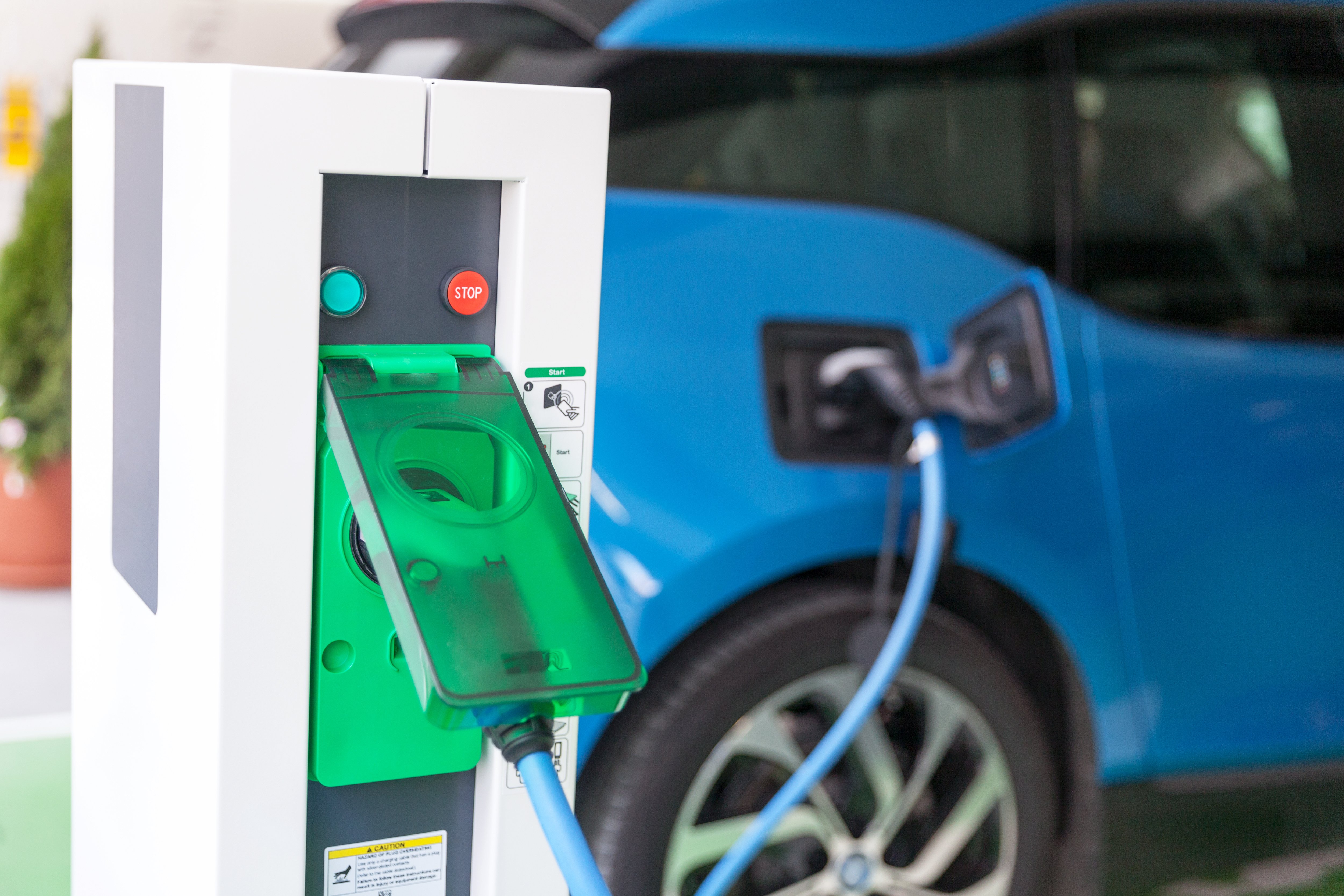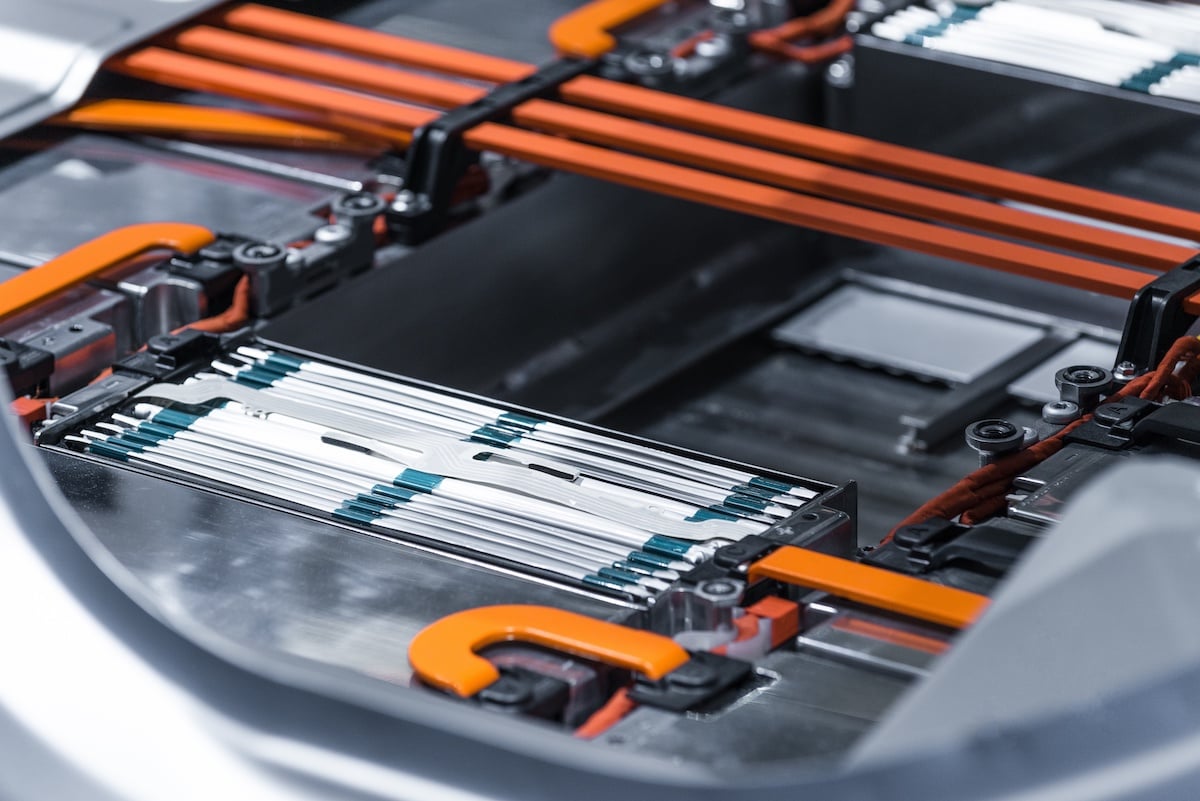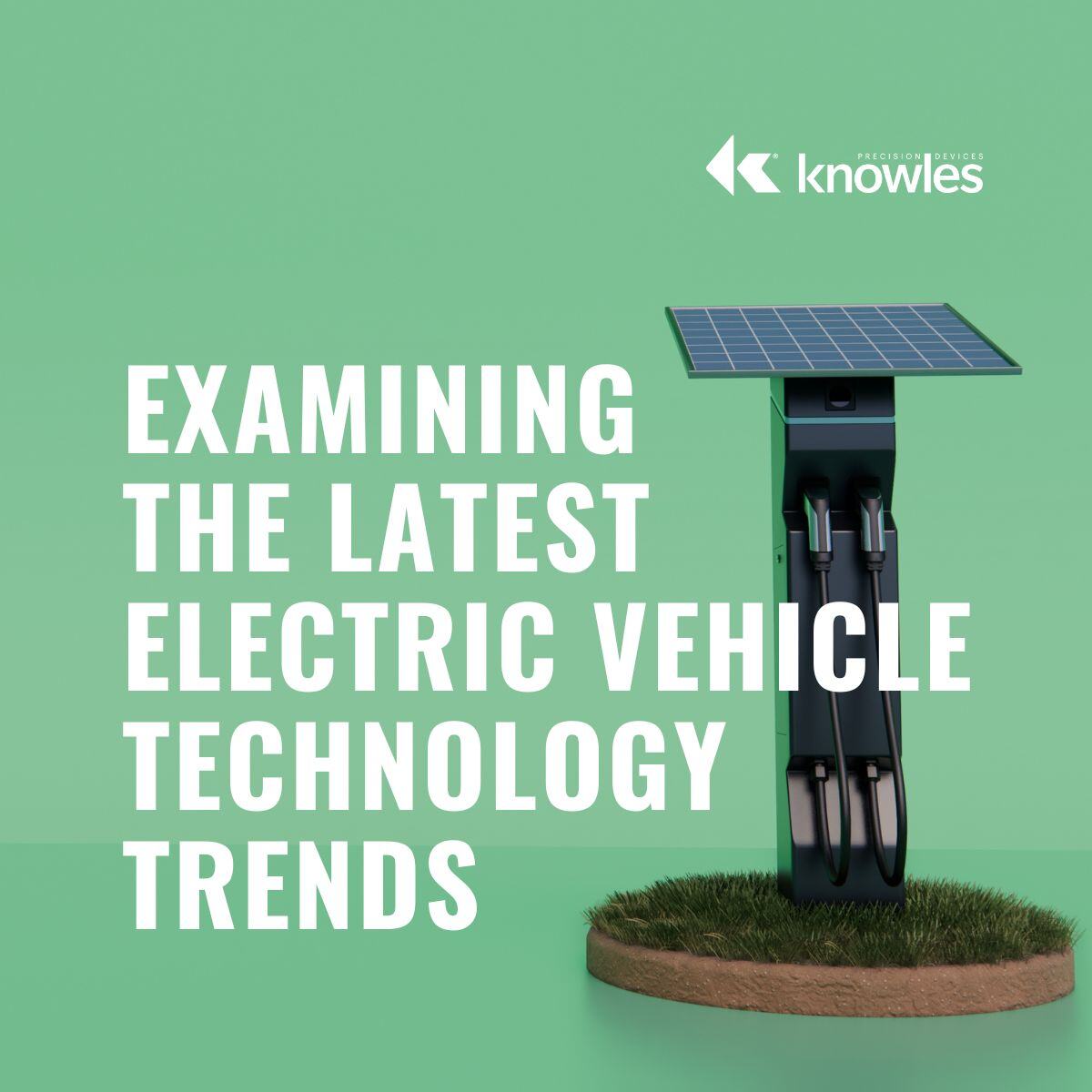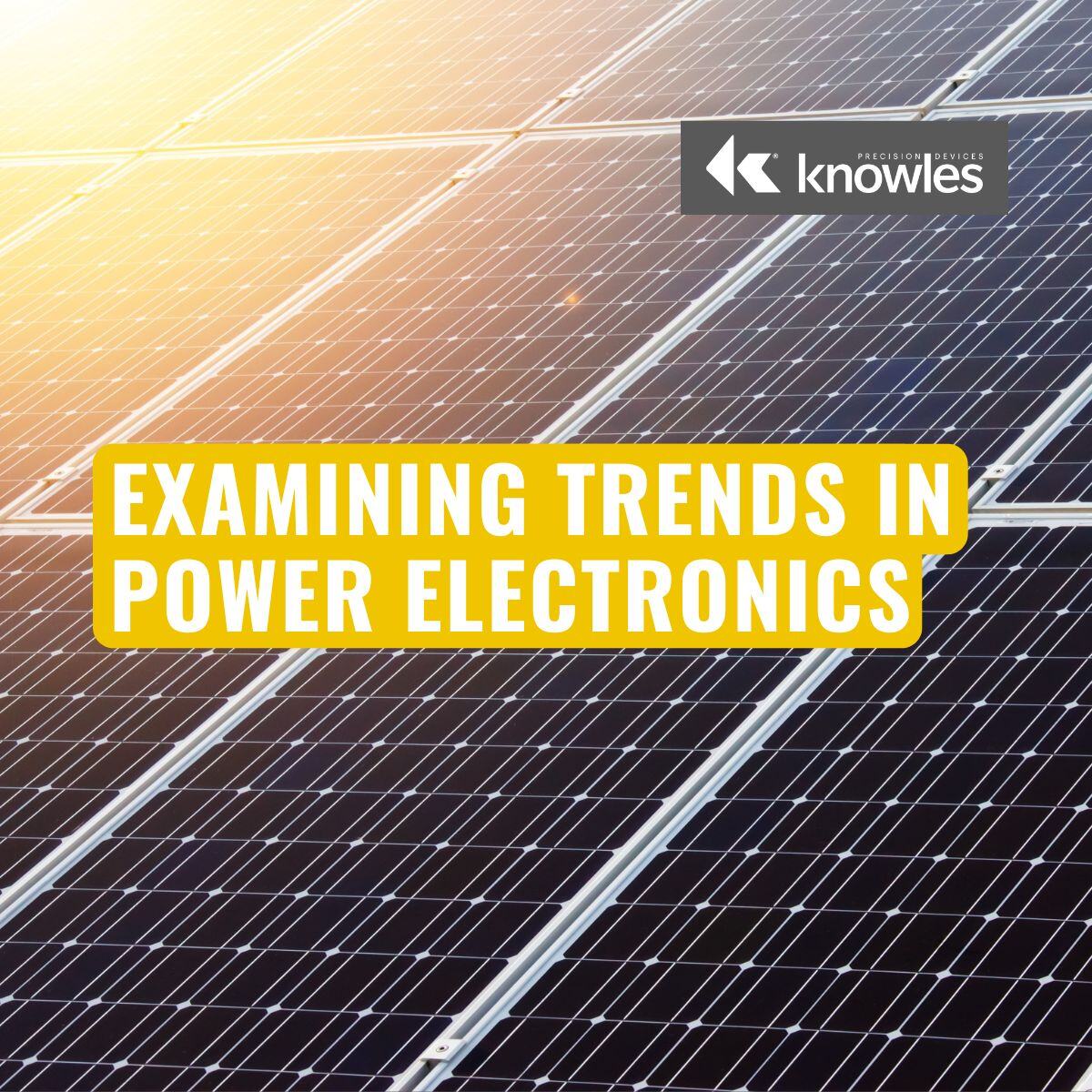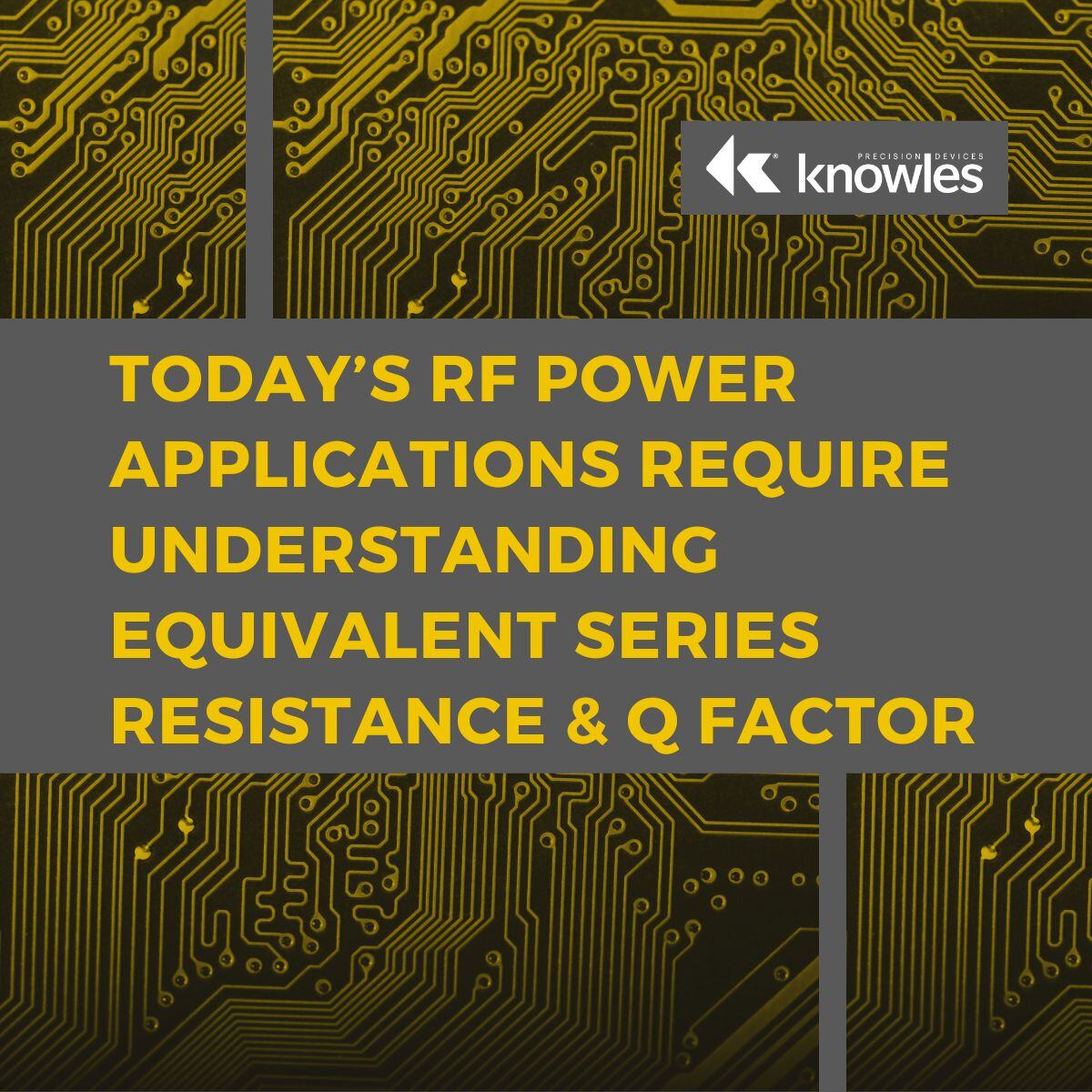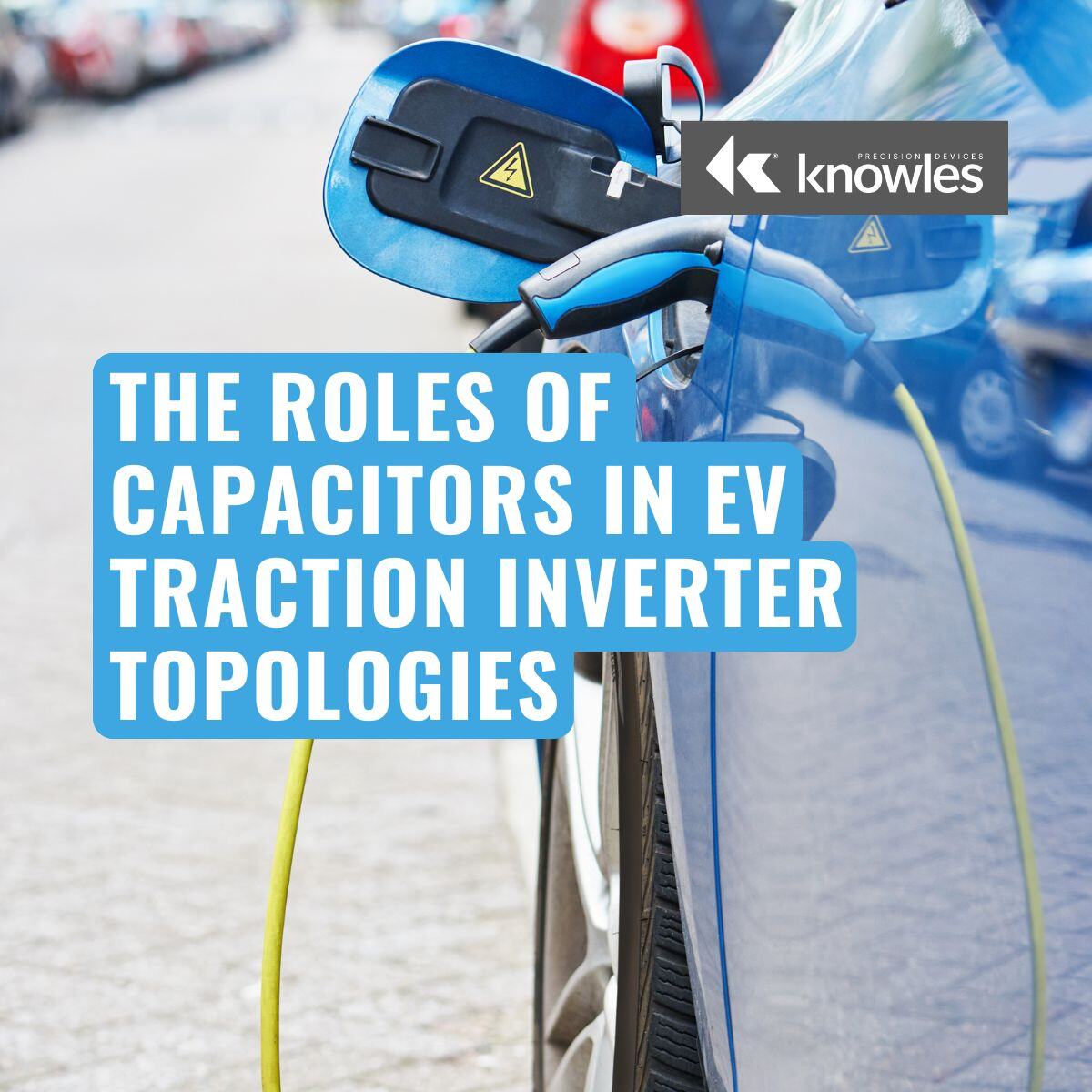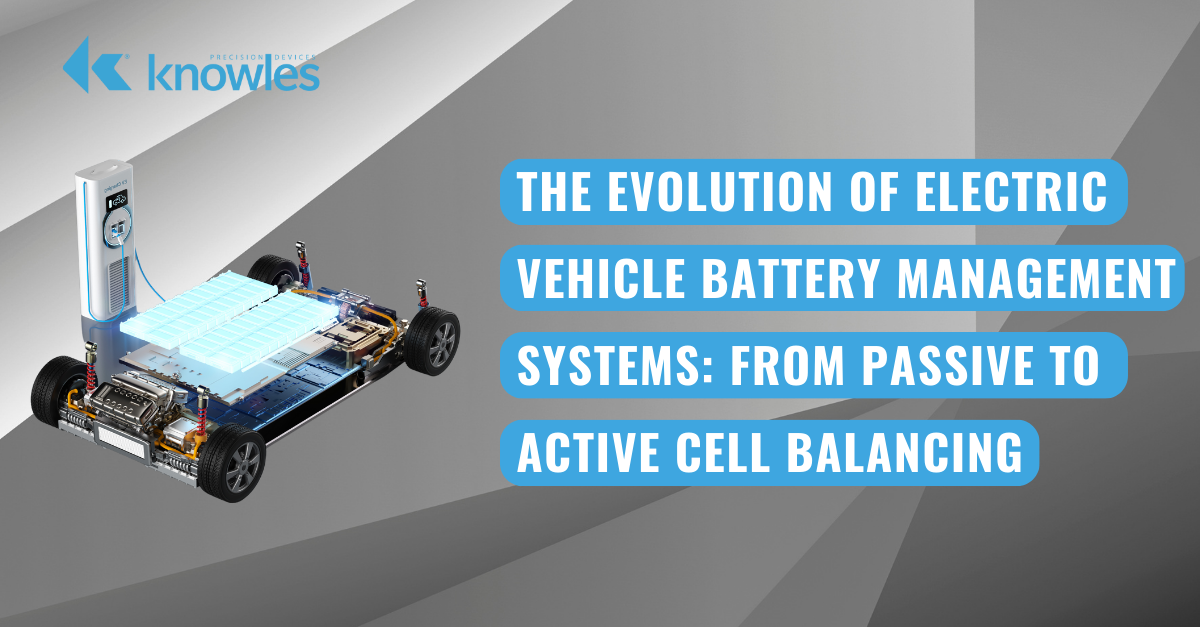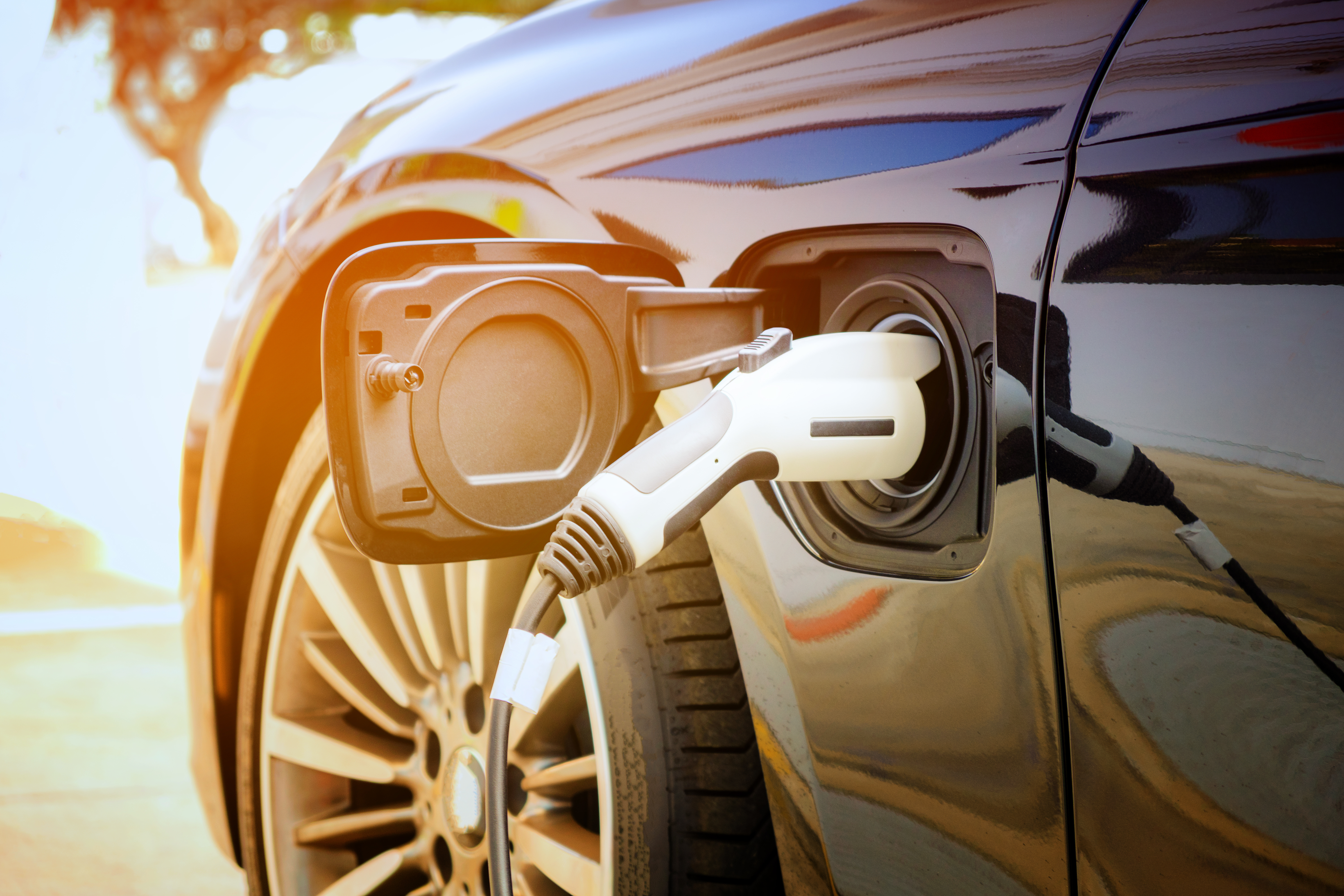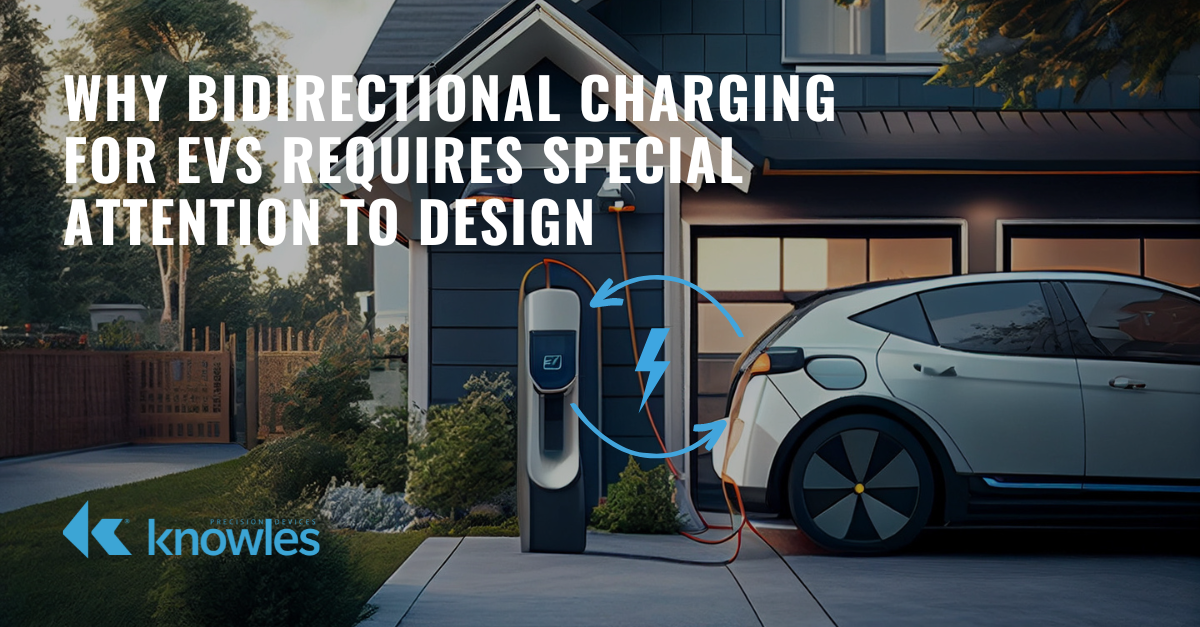In power electronics, rectification is the conversion of alternating current (AC) to direct current (DC). After the AC signal enters a rectifier circuit consisting of power diodes, the resulting raw rectified waveform yields a series of half sine waves with significant ripple. In order to minimize the pulsating DC voltage, a smoothing capacitor is placed in parallel with the load across the rectifier output. As the rectifier voltage rises, the capacitor charges and stores energy like a reservoir. Then when the rectifier voltage falls, the capacitor discharges, greatly reducing the ripple voltage.
Looking Closer at Smoothing Capacitors in Electric Vehicles
Topics: Capacitor, Automotive, Electric Vehicles
Looking Closer at DC Link Capacitors in Electric Vehicles
DC link capacitors are commonly used in power converters as an intermediary buffer between an input source to an output load that have different instantaneous power, voltages, and frequencies. In electric vehicle (EV) applications, DC link capacitors help offset the effects of inductance in inverters, motor controllers, and battery systems. They also serve as filters that protect EV subsystems from voltage spikes, surges, and electromagnetic interference (EMI).
Topics: Capacitor, Automotive, Electric Vehicles
Exploring the Capacitor Technologies Needed in Electric Vehicles
The electrical power systems in most modern technologies, like electric vehicles (EVs), are complex. In EVs specifically, power systems are responsible for performing many tasks such as converting AC to DC and DC to AC as well as managing changing power levels in DC/DC conversion. When performing these tasks, manipulating AC voltages and removing noise from DC voltage requires passive components such as capacitors, to perform many “jobs” inside the power system. But no single capacitor type can perform all these jobs since each one has different requirements for voltage, size, temperature, and reliability. Therefore, a variety of capacitor technologies, such as ceramic, film, and aluminum, are required to meet all these needs.
Topics: Capacitor, Electric Vehicles
Examining the Latest Electric Vehicle Technology Trends
The market demands and technology trends that impact all aspects of electric vehicle (EV) development are constantly evolving. As trends change, so do the requirements for EV power systems, which impacts the demands placed on the components we supply. Therefore, we feel it is our duty to stay on top of shifting EV trends and share what we are seeing with our customers. This blog looks at three key trends impacting EV development that we are currently monitoring around shifting semiconductor development, in-vehicle system integration as a way to control costs, and the evolution of the EV charging ecosystem.
Topics: Automotive, Electric Vehicles
At Knowles, it is our mission to provide specialty components that meet even the toughest performance and reliability requirements, especially for applications where failure is not an option. But, markets and requirements are constantly changing, which means we must closely monitor the trends impacting all the industries and applications where you might find our components. One area where we are seeing rapid innovation spanning the industries we serve is power electronics. At a high level, the trends driving power electronics innovation are largely centered around methods for providing more energy more efficiently while using smaller components. Below are four key power electronics trends we are currently monitoring and a how we can help you stay on top of each trend with your designs.
Topics: Automotive, Electric Vehicles, High Reliability
Today’s RF Power Applications Require Understanding Equivalent Series Resistance & Q Factor
As a fundamental component of circuit design, equivalent series resistance (ESR) is the measurement of all the non-ideal electrical resistances in series with a capacitor. When current flows through a multilayer ceramic capacitor (MLCC) due to application of alternating voltage, heat is generated in the MLCC due to the losses, specifically ESR. As a result, this self-heating can cause various performance and reliability issues in the circuits of today’s more complex and smaller electronic systems.
Topics: Capacitor, Automotive, Electric Vehicles
The Roles of Capacitors in EV Traction Inverter Topologies
The power electronic systems in an electric vehicle (EV) feature a wide variety of capacitors. From DC-link capacitors to safety capacitors and snubber capacitors, these components play a critical role in stabilizing and safeguarding the electronics from factors like voltage spikes and electromagnetic interference (EMI). Here, we’ll focus on the capacitors used in the EV traction inverter.
Topics: Capacitor, Electric Vehicles
The Evolution of Electric Vehicle Battery Management Systems: From Passive to Active Cell Balancing
As electric vehicle (EV) manufacturers work to make batteries more affordable and easier to produce in mass quantities, we’re seeing changes in battery chemistry. For example, the industry is shifting from traditional lithium ion batteries with cobalt to lithium iron phosphate (LFP) batteries. Rare-earth metals like cobalt are in short supply, and materials like LFP are a more plentiful, sustainable, and efficient alternative.
Topics: Electric Vehicles
Looking Closer at Resonant Capacitors in Electric Vehicles
One of the primary goals in electric vehicles (EVs) is to increase the efficiency of its power conversion devices. The more efficiently power is converted, the further distance the EV can travel on one charge. For example, by reducing losses in a DC-to-DC (or DC/DC) converter, the converter (and overall vehicle) benefits from improved energy efficiency, a more streamlined design, and diminished heating from components.
Topics: Capacitor, Automotive, Electric Vehicles
Why Bidirectional Charging for EVs Requires Special Attention to Design
As interest and adoption increase in the electric vehicle (EV) arena, associated technologies are advancing quickly. Batteries are becoming more powerful and charging infrastructure is increasingly robust and efficient. With all these advancements, EV batteries are good for more than powering cars on the road.
Topics: Capacitor, Electric Vehicles

